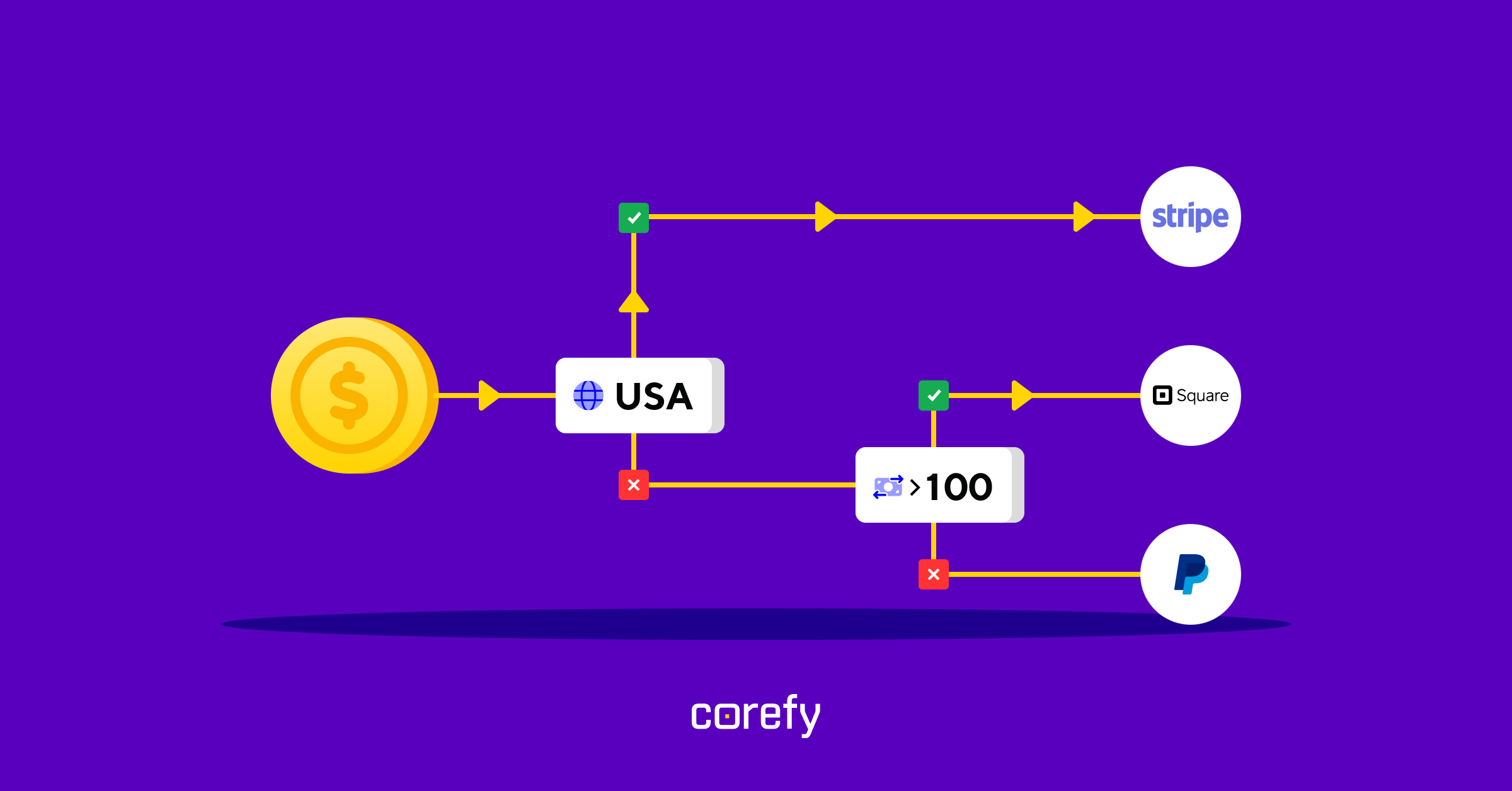Is tax management keeping you up at night? We feel your pain. Calculating taxes can be tedious, but there's good news – tools are here to automate the process and boost your business efficiency.
In this article, we'll walk you through the steps to leverage our platform's VAT functionality, making it easy to grasp and apply. Delve into the details and make tax management a stress-free experience.
What is VAT?
In practical terms, businesses integrate VAT as an additional charge to the product or service price. This charge is calculated as a percentage of the total cost, reflecting the value added during the production and distribution processes. As the product's cost increases, the VAT amount customers pay also rises.
Responsibility for collecting and remitting VAT to the government rests on businesses, highlighting the integral role they play in the taxation process.
Which businesses should charge VAT?
Determining whether a business should charge value-added tax depends on its VAT-taxable turnover. Once it exceeds £85,000, the business must register for VAT.
Once registered, you must add it to your sales invoices at the appropriate rate and complete VAT returns.
There's also an option for businesses with a turnover below the VAT threshold to pay it voluntarily. However, it's crucial to weigh the potential benefits, such as the ability to reclaim VAT on purchases, against the associated compliance costs in administering and reporting the tax.
Fee calculation basics
The fee calculation process with VAT involves adding a percentage of the total cost to the initial amount, including both the product or service price and the value-added tax.
Let's say your product or service costs $100.
- VAT calculation (10%): $10
- Fee calculation (10%): $11
- Final amount with fee: $121
This process ensures that both VAT and the additional fee are included in the final amount the customer pays, and businesses can appropriately manage and remit these components during transactions.
How Corefy makes VAT management easy
We understand that taxes can be complex and daunting for business owners. That's why we've made setting up VAT charging on our platform simple and user-friendly. Our clients can include VAT amounts in invoices prior to fee calculation, effortlessly selecting the desired currencies and specifying the applicable VAT category for their goods or services.
Here's the process:
- To enable VAT, simply access the ‘Taxes’ section within your commerce account.
- Choose applicable currencies and specify the category for goods and services to which VAT should be applied.
.png)
- To determine whether VAT should be applied, we analyse the customer's IP address and/or country. If the country is included in the VAT list, the tax is applied.
- Right after this, we generate an invoice that already includes the VAT amount.
- By default, the hosted payment page (HPP) displays the total amount including VAT, without any additional information about the VAT percentage for the customer.
- Since the merchant is responsible for paying the value-added tax, the tax-included amount is credited to your balance.
If you strive to make VAT management a seamless part of your operations, our platform is here for you. Transform a once tedious task into a straightforward and enjoyable experience while maintaining compliance and optimising your financial processes.






.jpg)

.jpg)



.jpg)
